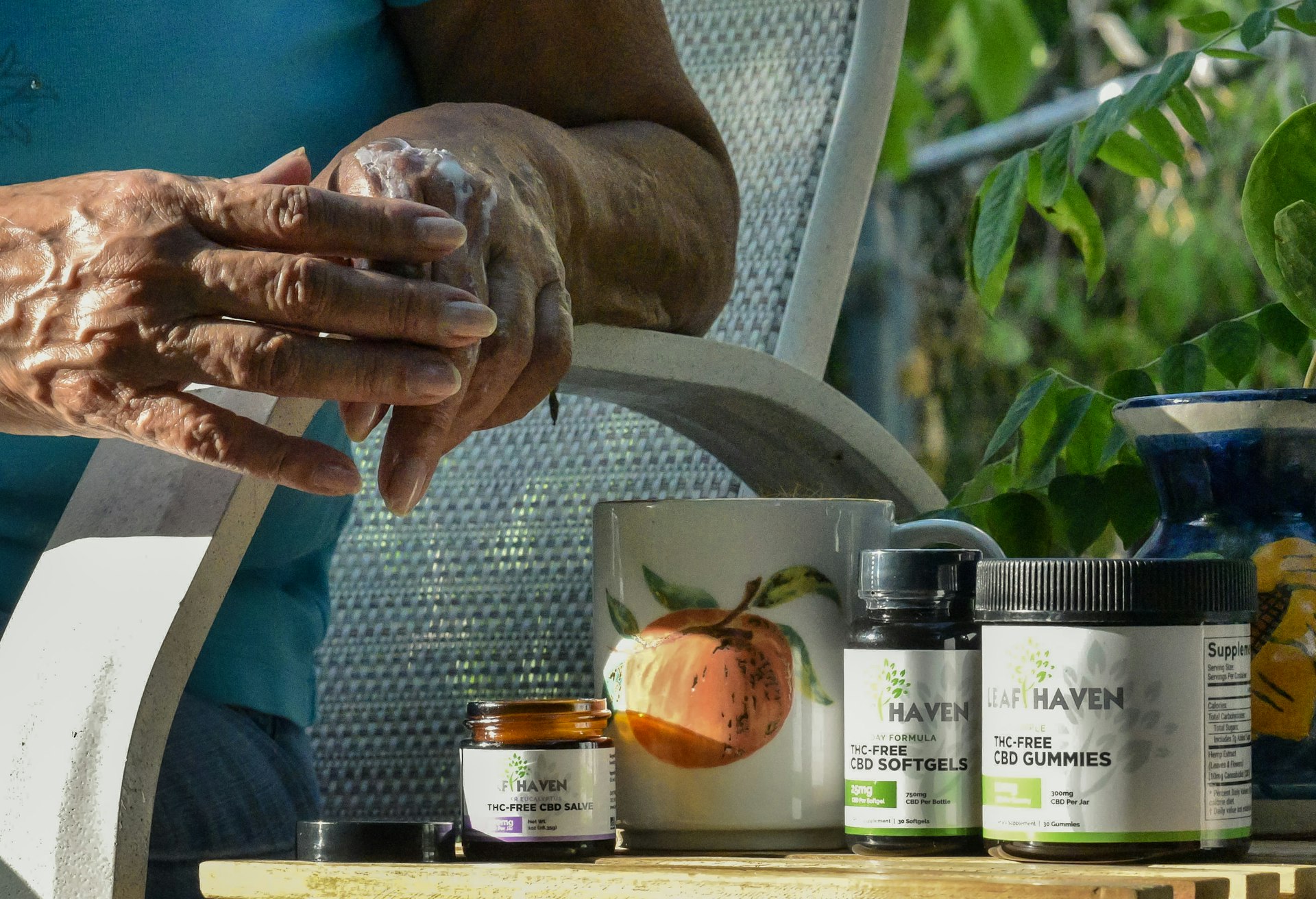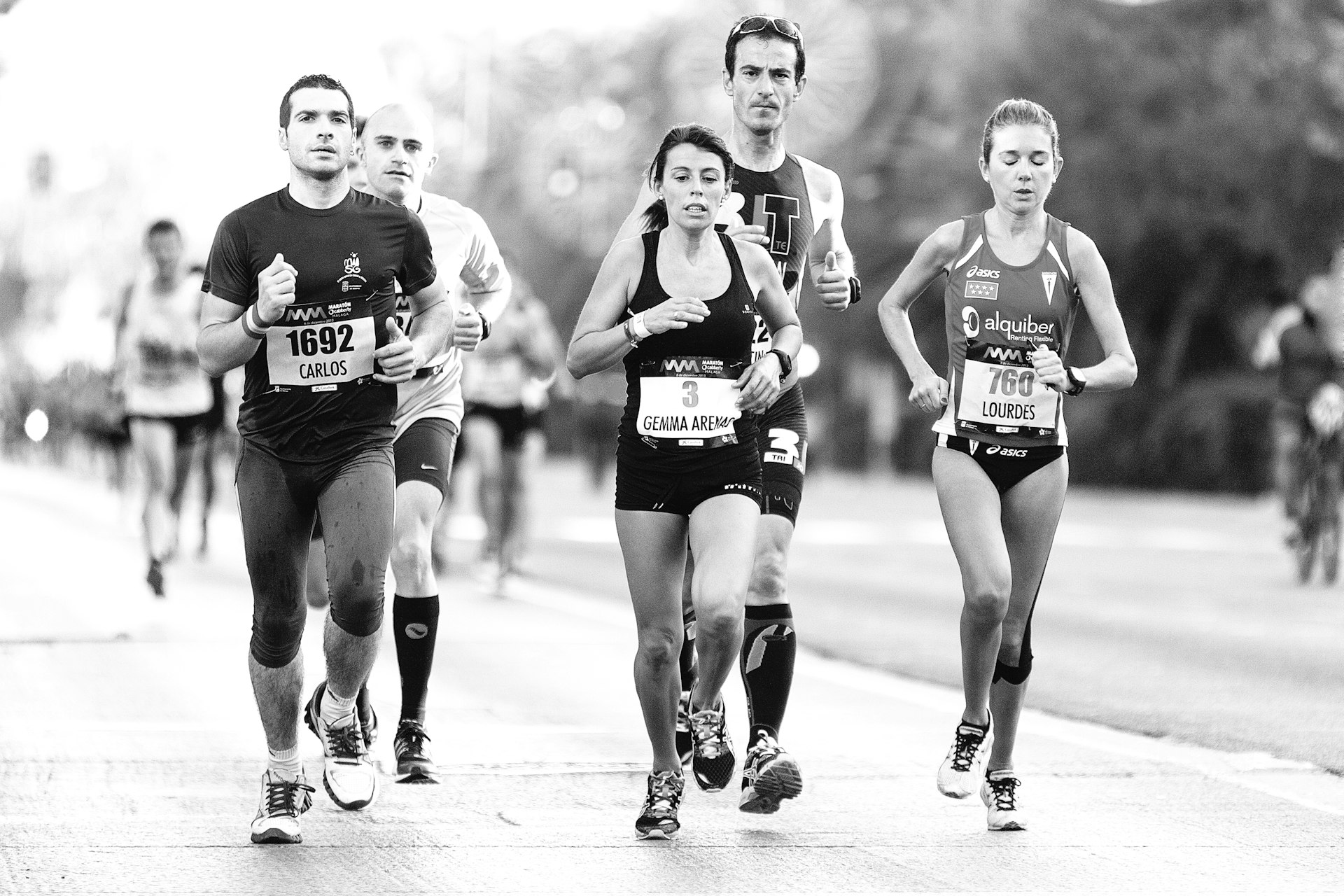Harnessing Intermittent Breathing Exercises for Effective Anxiety Control

Photo by Camila Seves Espasandin on Unsplash
Introduction: The Power of Breath in Anxiety Management
In today’s fast-paced world, anxiety is a common challenge affecting millions. While therapy and medication remain central to treatment, there is growing scientific and clinical support for using intermittent breathing exercises as an effective tool for anxiety control. These techniques are accessible, can be practiced anywhere, and offer immediate and long-term benefits when integrated into a holistic mental health routine [1] .
Understanding Intermittent Breathing Exercises
Intermittent breathing exercises are structured practices where controlled breathing is alternated with periods of normal breathing or brief breath holds. Techniques such as cyclic sighing, box breathing, and intermittent hypoxic breathing (IHB) are gaining attention for their simplicity and effectiveness [3] [4] . Unlike continuous deep breathing, intermittent approaches intentionally introduce pauses, which can amplify the body’s relaxation response.
How Breathing Affects Anxiety
The human body’s stress regulation system-comprising the sympathetic (fight-or-flight) and parasympathetic (rest-and-digest) nervous systems-responds almost instantly to changes in breathing patterns. Slow, controlled breathing activates the parasympathetic system, reduces heart rate, and lowers stress hormones, such as cortisol. This physiological shift directly counters the symptoms of anxiety, including rapid heartbeat, muscle tension, and racing thoughts [2] [5] .
Evidence-Based Benefits of Intermittent Breathing
Multiple studies and clinical trials support the benefits of intermittent breathing exercises:
-
Rapid Reduction in Anxiety Symptoms:
Even brief, daily sessions (as little as five minutes) of structured breathing, such as cyclic sighing, have been shown to
significantly reduce anxiety and improve mood
compared to standard mindfulness meditation [3] . - Improved Mood and Emotional Resilience: Techniques like intermittent hypoxic breathing can trigger endorphin release and enhance focus, leading to better mood and increased mental stamina. Practitioners often report greater clarity and positivity [4] .
- Better Sleep Quality: By activating relaxation pathways and reducing stress, these practices can help improve sleep, which is critical for overall mental health [4] .
- Enhanced Mindfulness and Emotional Regulation: Focusing on breath interrupts negative thought cycles, supporting mindfulness and more adaptive responses to stress [1] [5] .
Popular Intermittent Breathing Techniques
Some of the most effective and accessible intermittent breathing methods include:
- Cyclic Sighing: Involves a prolonged inhalation followed by a slow, extended exhale-repeating this pattern for several minutes can quickly lower anxiety and promote calm [3] .
- Box Breathing: This technique alternates inhaling, holding, exhaling, and holding again, each for a count of four. Used by athletes and military personnel, box breathing is effective for grounding and immediate stress reduction.
- Intermittent Hypoxic Breathing (IHB): Combines deep breathing with short breath holds (hypoxic phases) to enhance both mental and physical resilience. Methods like the Wim Hof Method are widely practiced and have been linked to reduced stress and improved focus [4] .
Always consult a healthcare professional before starting new breathing routines, especially if you have respiratory or cardiovascular conditions.
Step-by-Step Guidance to Start Intermittent Breathing Exercises
You do not need specialized equipment to begin. Here’s how you can implement these techniques:

Photo by Hitomi Okushima on Unsplash
- Find a Comfortable Setting: Choose a quiet space where you can sit or lie down comfortably.
- Start with Simple Cyclic Sighing: Inhale deeply through your nose, pause briefly, then exhale slowly and fully through your mouth. Repeat for 5 cycles, then return to normal breathing for a minute. Repeat the process for 5 minutes daily.
- Try Box Breathing: Inhale for 4 counts, hold for 4, exhale for 4, and hold for 4. Complete 4-6 rounds, resting between sets if you feel lightheaded.
- Experiment with IHB: Take 30 deep breaths, then exhale fully and hold your breath as long as comfortable. Inhale deeply to recover, then repeat the cycle. Limit to 2-3 cycles per session.
- Track Your Progress: Use a journal or a wellness app to record your anxiety levels before and after practice. Adjust frequency based on your results and comfort.
If you experience dizziness or discomfort, stop and return to normal breathing. If anxiety symptoms are severe or persistent, consult a mental health professional for personalized guidance.
Challenges and Solutions
Some people may find it difficult to stay consistent or may initially feel self-conscious about practicing breathing exercises. To overcome these barriers:
- Set Reminders: Use smartphone alarms or calendar notifications to schedule brief practice sessions.
- Find Community Support: Many mindfulness and wellness groups offer guided breathing sessions, both in-person and virtually. Consider searching for “guided breathing classes” or “mindfulness workshops” in your area or through reputable health organizations.
- Personalize Your Routine: Experiment with different techniques to discover which method feels most effective and sustainable for you.
Alternative and Complementary Approaches
While intermittent breathing exercises provide immediate anxiety relief for many, they are most effective when integrated into a broader self-care strategy. Consider pairing breathing exercises with:
- Professional Therapy: Cognitive behavioral therapy (CBT) and other evidence-based approaches remain foundational for anxiety treatment. If you are seeking professional help, contact a licensed therapist in your area or consult your primary care provider for referrals.
- Regular Exercise: Physical activity can further reduce anxiety and improve mood when combined with breathing techniques.
- Mindfulness Meditation: Pairing meditation with structured breathwork can deepen relaxation and enhance self-awareness.
If you are looking for programs or workshops, use search terms such as “anxiety breathing classes near me,” “mindfulness-based stress reduction,” or “CBT for anxiety” to identify reputable options. For medically supervised programs, consult your local hospital, university medical center, or primary care clinic.
Summary: Key Takeaways
Intermittent breathing exercises offer a scientifically supported, practical approach to managing anxiety. They are easy to learn, require no special equipment, and can be adapted to individual preferences and lifestyles. These practices activate the body’s natural relaxation mechanisms, reduce stress hormones, and foster a sense of calm and emotional balance. While not a replacement for professional care in severe cases, they serve as a valuable self-management tool for daily stress and anxiety control.
References
- [1] Thrive Here (2023). The Surprising Benefits of Breathing Exercises for Managing Anxiety.
- [2] The Ohio State University Wexner Medical Center (2023). How breathing exercises can calm anxiety effectively.
- [3] Stanford Medicine (2023). ‘Cyclic sighing’ can help breathe away anxiety.
- [4] Soul Dimension (2024). 11 Incredible Health Benefits of Intermittent Hypoxic Breathing.
- [5] Nature (2024). Clinical effectiveness of guided breathing exercises in reducing anxiety, stress, and depression.
MORE FROM weirdsearch.com













